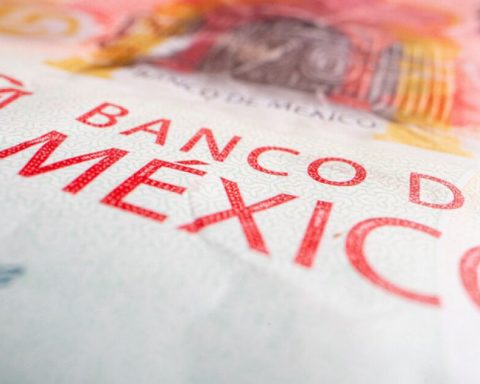A few days after the INDEC (National Institute of Statistics and Censuses) publishes the official figure with the inflation October, private consultants make their estimates and foresee a floor of more than 6%.
Although the government expects the price index slow down and remain around 6%, analysts anticipate that the inflation it will be above 6.5%, some even project 7%.
This, due to the strong increases in food, which during October climbed more than 7%. Likewise, increases in health, transportation and clothing were observed, which will have a notable impact on the inflation for the tenth month.
In this sense, the annual accumulated will be closer to reaching three figures, because after the 6.2% registered in September, a 66.1% increase in prices was accumulated during the first nine months of the year.

From the consulting firm Econviews they expressed that the rise in prices in October has been “driven by the impact of regulated products, clothing and the acceleration of food prices, particularly in recent weeks.”
For his part, the economist from Empiria Consultores explained that inflation “maintains inertia around 6%, to which scheduled increases in public service rates would be added in October.”

Meanwhile, it was known that the inflation October in the City of Buenos Aires reached 7%, and an interannual variation of 84%, which anticipates that the price index national could be higher than expected.
How is inflation in Latin America
Inflationary pressure not only affects Argentina, but also other Latin American countries. In Colombia, for example, the tenth month marked 12.22%, one of the highest figures in the last 20 years.

For its part, in Brazil, the largest economy in Latin America, the figure rose again after three months and climbed to 6.4%, while in Venezuela, it closed at 6.2%. In Chile, on the other hand, a monthly variation of 0.5% was registered.


















